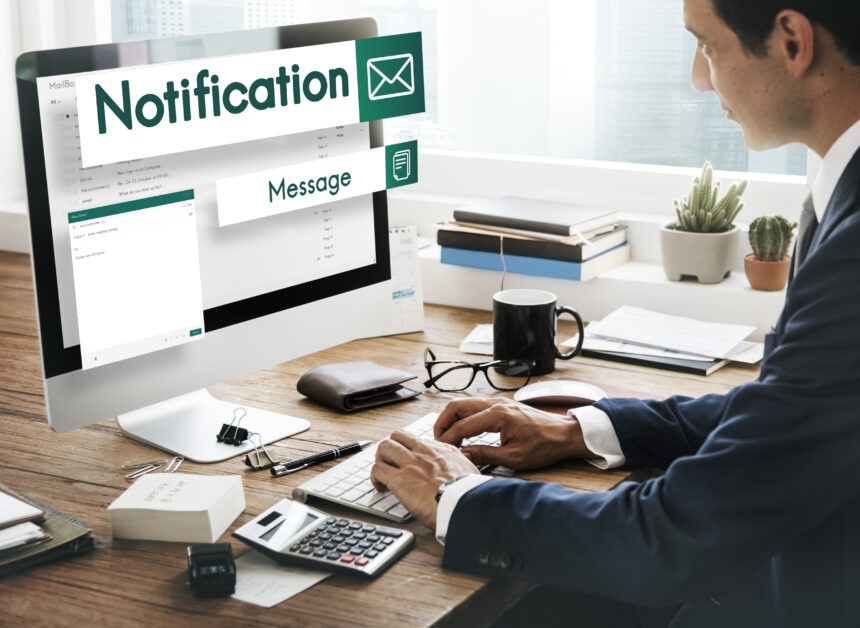In the ever-evolving digital marketing landscape, email marketing remains one of the most powerful tools for engaging customers, nurturing leads, and driving conversions. As consumer expectations increase and manual marketing processes become inefficient, businesses are turning to email marketing automation to streamline communications and maximize return on investment (ROI). This comprehensive guide explores everything you need to know about email marketing automation, including its benefits, how to implement it, and strategies to optimize your campaigns.
Understanding Email Marketing Automation
Email marketing automation is the process of sending targeted, personalized emails to subscribers and customers based on predefined triggers, behaviors, and schedules. Rather than manually crafting and sending individual emails, automation tools allow marketers to set up workflows that respond to specific user actions such as signing up for a newsletter, making a purchase, or abandoning a shopping cart.
The key advantage of email marketing automation is its ability to maintain consistent communication with leads and customers without requiring constant manual effort. Automation ensures timely delivery of relevant content, helping to build stronger relationships and move subscribers through the sales funnel.
Why Email Marketing Automation Matters
Email marketing automation offers businesses a scalable and cost-effective way to deliver the right message to the right person at the right time. It increases engagement by sending personalized emails that resonate with recipients’ interests and behaviors. Moreover, automated campaigns have higher open and click-through rates compared to standard batch-and-blast emails.
In addition to improving engagement, automation enables better segmentation, allowing marketers to categorize their audience based on demographics, purchase history, and online behavior. This segmentation leads to more effective campaigns that drive higher conversion rates and customer retention.
Key Components of an Email Marketing Automation Strategy
1. List Building and Management
The foundation of any email marketing strategy is a well-maintained subscriber list. Effective list building involves capturing email addresses through website forms, lead magnets, social media, and landing pages. Once collected, subscribers should be categorized based on attributes such as location, preferences, or engagement level.
Proper list management ensures that your emails reach the right audience. Use opt-in methods to ensure compliance with privacy regulations and to build a list of genuinely interested subscribers. Regularly clean your list to remove inactive users and maintain high deliverability rates.
2. Segmentation and Personalization
Segmentation divides your audience into smaller, more specific groups, allowing for targeted messaging. For instance, you might create segments for first-time buyers, loyal customers, or subscribers interested in particular products or services. Personalization goes a step further by tailoring email content based on individual subscriber data.
Using automation tools, you can insert dynamic content blocks that change depending on the recipient’s preferences or past behavior. Personalized subject lines and product recommendations can significantly boost engagement and encourage repeat purchases.
3. Trigger-Based Campaigns
Trigger-based campaigns are automated emails sent in response to specific user actions. Common triggers include welcome emails when a user subscribes, thank-you emails after a purchase, and re-engagement emails for inactive subscribers.
These automated sequences are highly effective because they respond to real-time behavior, making the communication more relevant and timely. Triggered emails often achieve higher open rates and conversions due to their contextual relevance.
4. Drip Campaigns and Workflows
Drip campaigns are a series of automated emails sent over a set period to nurture leads and guide them through the customer journey. These workflows can be linear or dynamic, adapting based on how recipients interact with previous emails.
For example, a drip campaign for a new subscriber might start with a welcome message, followed by a product tour, customer testimonials, and finally a promotional offer. By gradually building trust and interest, drip campaigns effectively move prospects closer to conversion.
5. A/B Testing and Optimization
A/B testing allows marketers to compare two versions of an email to determine which performs better. You can test elements such as subject lines, images, CTA buttons, and email copy to identify what resonates most with your audience.
Regular testing and analysis help refine your email marketing strategy and increase overall performance. Optimization should be an ongoing process that involves adjusting content, timing, and frequency based on performance metrics.
Popular Email Marketing Automation Tools
There are numerous platforms that offer robust email marketing automation features. Some of the most popular tools include
- Mailchimp: Known for its user-friendly interface and powerful automation workflows.
- ActiveCampaign: Offers advanced CRM integration and behavior-based triggers.
- HubSpot: A comprehensive marketing suite with sophisticated email automation and analytics.
- ConvertKit: Ideal for creators and small businesses, with intuitive automation sequences.
- Klaviyo: Popular in e-commerce for its deep integration with online stores and real-time data tracking.
Choosing the right tool depends on your business needs, budget, and technical requirements. Most platforms offer trial periods, so it’s worth experimenting to find the best fit.
Best Practices for Email Marketing Automation
Set Clear Goals
Before launching an automated campaign, define what you hope to achieve. Whether it’s increasing product sales, boosting webinar attendance, or improving customer retention, clear objectives will guide your strategy.
Maintain Consistent Branding
Ensure that your automated emails reflect your brand’s voice, design, and tone. Consistency builds trust and reinforces brand recognition across all customer touchpoints.
Respect Privacy and Compliance
Comply with laws such as GDPR and CAN-SPAM by including opt-out options and only emailing users who have given permission. Transparency and ethical practices build long-term trust with your audience.
Monitor Performance Metrics
Track key email marketing metrics such as open rate, click-through rate, bounce rate, and conversion rate. Use these insights to adjust your campaigns and improve ROI.
Provide Value in Every Email
Focus on delivering helpful, relevant content that benefits the recipient. Whether it’s educational, entertaining, or promotional, your emails should always serve a purpose and provide value.
Common Email Marketing Automation Mistakes to Avoid
Over-Automating
While automation saves time, over-relying on it can lead to impersonal messaging. Balance automated emails with occasional personalized outreach to maintain a human touch.
Ignoring Mobile Optimization
A significant portion of emails is read on mobile devices. Ensure your templates are mobile-friendly with responsive design, concise content, and clear CTAs.
Failing to Update Workflows
Business goals and customer behaviors change over time. Periodically review and update your automation workflows to ensure they remain effective and aligned with your objectives.
Conclusion
Email marketing automation is a game-changing tool that empowers businesses to deliver timely, relevant, and personalized messages at scale. By leveraging the full potential of automation, companies can enhance customer relationships, increase engagement, and drive consistent growth. Whether you’re new to email marketing or looking to refine your strategy, embracing automation will give you a competitive edge in today’s digital marketplace.









